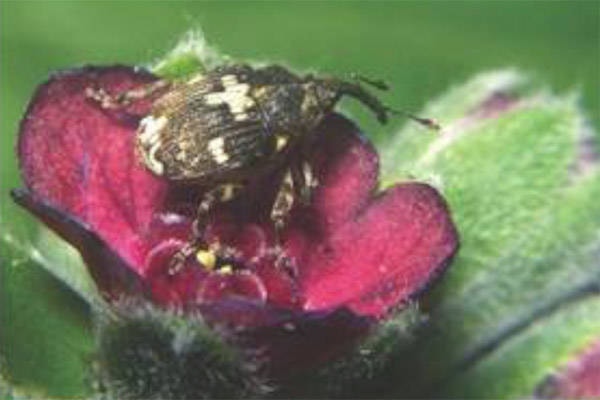Weed season is here and with it comes, well, weeds.
Luckily the Thompson-Nicola Regional District’s (TNRD) biocontrol program is in effect, which helps private landowners control pesky weeds for free.
The program works by releasing hungry host-specific insects into weed-affected areas, where they eat the unwanted vegetation, leaving all the native vegetation virtually untouched.
“Sometimes they eat the seeds, sometimes they eat the leaves and sometimes they eat the roots, so there’s a whole lot of bioagents (insects) out there for most of the noxious weeds that we have,” said Mike Dedels, invasive plant management coordinator for TNRD.
“They’ve been released over the years…and some of them act fairly quickly on the weeds and do a good bit of damage, and others just reduce seed production or weaken the roots to make the plants weaker, so they’re less competitive.”
The TNRD biocontrol program currently has insects available for hound’s tongue and dalmation toadflax weeds.
Hound’s tongue is a nuisance because the plants have burrs on them that can attach to an animal’s fur, whether they’re livestock or pets, and the plants are also mildly poisonous, but luckily most animals won’t eat it, he said.
Toadflax, on the other hand, is a particular problem because it takes over grasslands and eliminates the native vegetation.
Using bioagents is a long-term commitment and results may take three to 10 years depending on the (weed) species and other variables relating to the site affected.
Dedels added there are four main avenues one can use when it comes to weed control.
The first one is prevention and involves making sure to use clean hay or seed on the property, so foreign weeds don’t show up in the first place; also being aware of what new weeds are in the area can help a person nip them in the bud and attack them as soon as they pop up.
He said he considers this the best and cheapest method of approach.
The second mode of control is mechanically cutting, pulling or mowing the weeds after they’ve sprouted.
As for the third avenue Dedels said, “There’s the old tried and true chemical methods, which depending on what kind of weeds there are, can be effective.”
The fourth way to keep weeds at bay is, of course, the bioagents.
“If you release bugs they’ll spread, and then you can spread them further and cover most of the ground where the weed is,” he said.
“It’s the effective way once the weeds have got out of control.”
Any private landowners interested in the biocontrol program can contact Dedels at 250-377-6297.
Like us on Facebook and follow us on Twitter.
